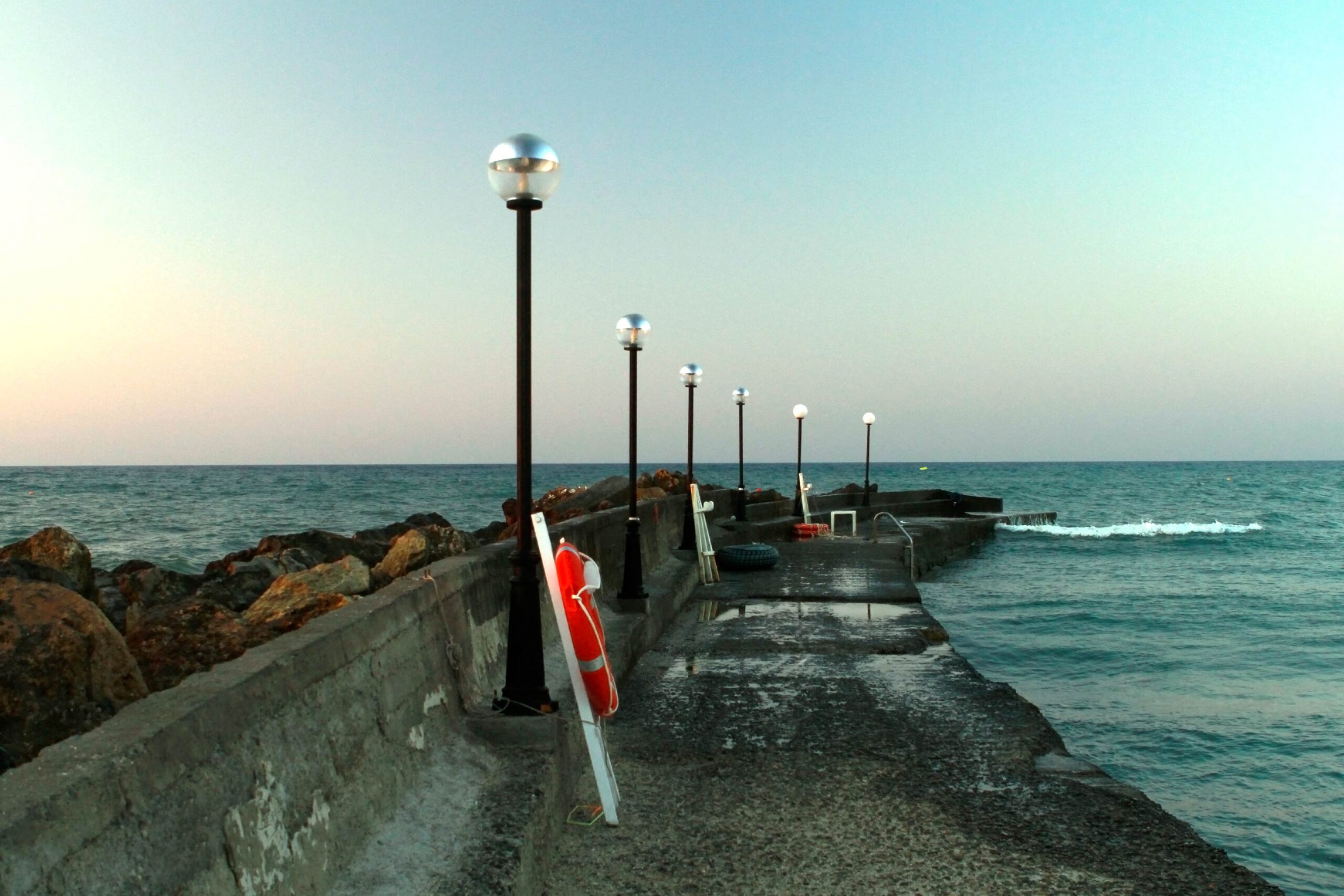As the leader of a frontline-accountable intermediary, I’m hearing story after story from the ground: promised federal funds permanently or indefinitely frozen; environmental justice funding portfolios sunsetting unexpectedly; reimbursements from public monies covering just a sliver of what’s owed — sometimes less than five percent — and little hope that the rest will ever materialize. Some groups have lost a third of their operating budgets. Others are watching universities pull out of partnerships overnight, fearing political backlash and leaving grassroots groups stranded.
The list goes on — each case a reflection of how fragile the support ecosystem is for grassroots groups. I know these stories aren’t unique, either — ask any other movement intermediary and you’ll hear the same.
This moment demands a different type of philanthropic response.
We are standing in a convergence of crises and our decisions will define a generation. There are the rollbacks of environmental protections, undercutting of unprecedented federal investments in environmental justice, and deep hostility to racial and environmental justice. There are also substantiated fears that foundations and nonprofits may soon become political targets. Many will pay the price for what is happening now and what is to come, but none will be as high as what is paid by the frontline communities.
In the face of these crises, frontline communities are asking why philanthropy isn’t mobilizing for grassroots groups now as it did at the height of the COVID-19 pandemic. What they’re not seeing is a sector-wide response that meets the urgency of the moment. A colleague recently told me it feels like foundations are individual doctors in a room full of bleeding patients, unsure how to triage, because they know they can’t stop everyone’s suffering.
Let’s get on the same page about where we are. We’re not talking about funding shortfalls. We’re talking about a crisis of philanthropic imagination — a rejection of new ways of resourcing change that chronically undervalues grassroots power and continues to exclude frontline groups from mainstream funding at scale.
Yet an opportunity exists: As the social contract is renegotiated in real time, there has never been a more critical moment for philanthropy to focus its resources on the local and hyperlocal. This isn’t about doing less. It’s about investing with clarity and purpose. While actions at the national and state level are unpredictable and volatile, grassroots groups continue to be our most steadfast actors, advancing transformative solutions under immense pressure. Resourcing them differently — more boldly, more consistently, and over time isn’t just an act of courage. It’s one of the most strategic and values-aligned moves philanthropy can make right now.
Despite the moral clarity of the moment, we know from history that funding frontline solutions often founders on the shores of what gets called “impact.” Philanthropy — with its professionalization of change-making — demands rigid proof: quantifiable outcomes, polished deliverables, linear metrics, and unrealistic timelines that wholly miss the complexity of systems and the depth of real change. We have a thirst for tightly defined data and when it comes to grassroots groups, that thirst becomes unquenchable, a relentless cycle of proving and re-proving value through ever-higher bars of measurement. But those bars are set by, and for, institutions with entire departments devoted to tracking impact alone. Meanwhile, grassroots leaders, often the only ones directly serving their communities, are left to squeeze data collection in between running food distributions, organizing tenants, responding to emergencies, and fighting for policy change. When their methods of measurement don’t mirror those of multimillion-dollar national organizations, they’re deemed inadequate, stranded by a system that confuses scale with legitimacy and infrastructure with investment worthiness.
Impact skepticism, combined with the inertia of funding the same big name, big budget groups, translated into alarming and persistent funding patterns. According to a report from the Environmental Grantmakers Association, in 2022, the top three percent of the most funded climate organizations received half of total funding dollars while the bottom 60 percent combined received less than five percent of funding. That top sector includes groups with over a billion dollars in investments and endowments. Meanwhile, frontline communities continue to receive crumbs.
And even when under-resourced grassroots groups meet the demands of “respectably” demonstrating impact, their wins often don’t align with what funders deem worthy of deep and sustained investments. For years I’ve heard environmental funders express skepticism about the ability of frontline communities to deliver real environmental solutions. Yes, movements can be messy, and are non-linear, and long-term. And also yes: grassroots groups are shutting down oil drill sites and converting them to green spaces and affordable housing, introducing heat-standard legislation to guarantee lifesaving protections for hundreds of thousands of construction and farm workers, and partnering with their municipalities to establish citywide air quality monitoring networks.
At Building Equity and Alignment for Environmental Justice, we’ve evaluated the impact of general operating grants and found that the small groups (often under $500K annual budget) we support consistently use flexible funding to build capacity. And when that capacity grows, so do the wins — across workforce development, advocacy, movement-building, and community infrastructure. These wins, grounded in deeply relational organizing, are what allow groups to mobilize quickly and effectively when moments of political or cultural opportunity arise. These interconnected outcomes, often spanning issues and identities, are precisely what produce the “capital-I” impact philanthropy wants. For funders who truly want transformation, investing in these enabling conditions is not a risk. I repeat, it is not a risk — it is a sure bet.
What if we, meaning philanthropy, decided to do things differently? We can’t afford short-term thinking when the future is only becoming more hostile to justice. Investing deeply at the local and hyperlocal levels — over six- to ten-year timeframes, as a few grantmakers have already begun to do — gets us to the transformative impact we desire. We may make it part of the way without grassroots groups, but we won’t reach the kind of lasting, systemic change we aspire to. For that, frontline leadership is essential and resourcing it over the long term is a tangible expression of our commitment to equity and justice.
The path forward is clear. What remains is whether philanthropy will choose it.
Linda Saleh is executive director at Building Equity and Alignment for Environmental Justice. Find her on LinkedIn.
Editor’s Note: CEP publishes a range of perspectives. The views expressed here are those of the authors, not necessarily those of CEP.
👇Follow more 👇
👉 bdphone.com
👉 ultractivation.com
👉 trainingreferral.com
👉 shaplafood.com
👉 bangladeshi.help
👉 www.forexdhaka.com
👉 uncommunication.com
👉 ultra-sim.com
👉 forexdhaka.com
👉 ultrafxfund.com
👉 bdphoneonline.com
👉 dailyadvice.us




